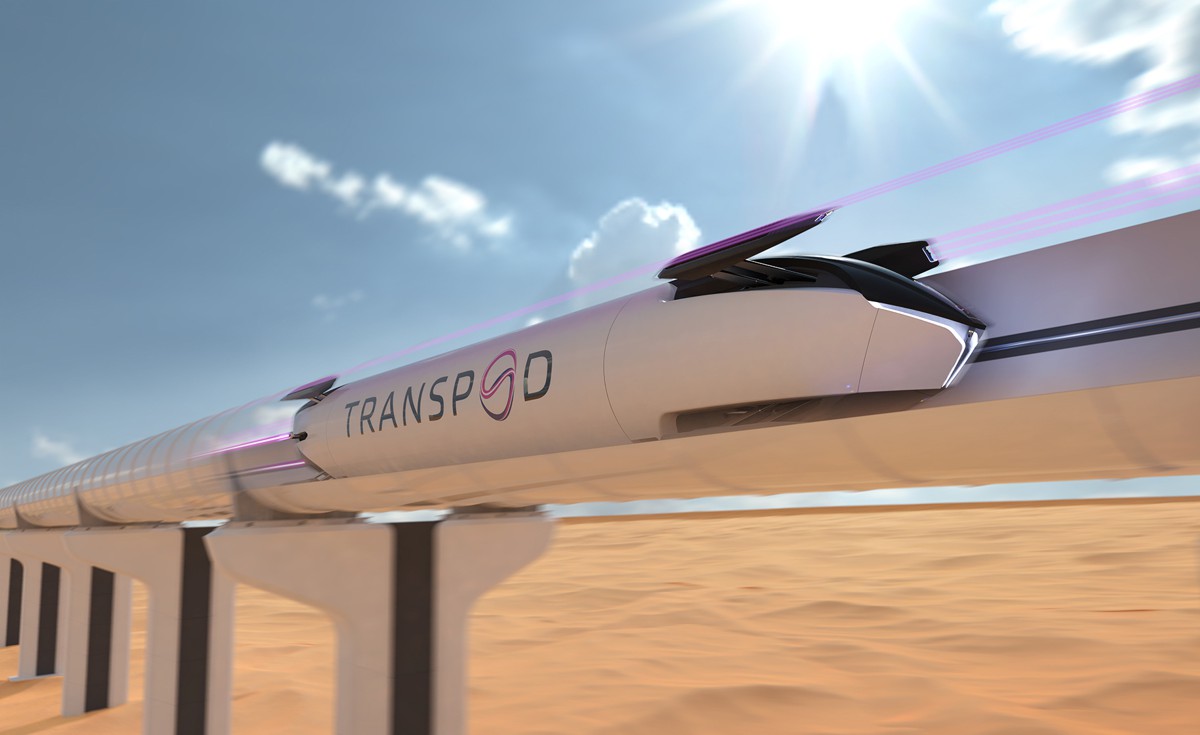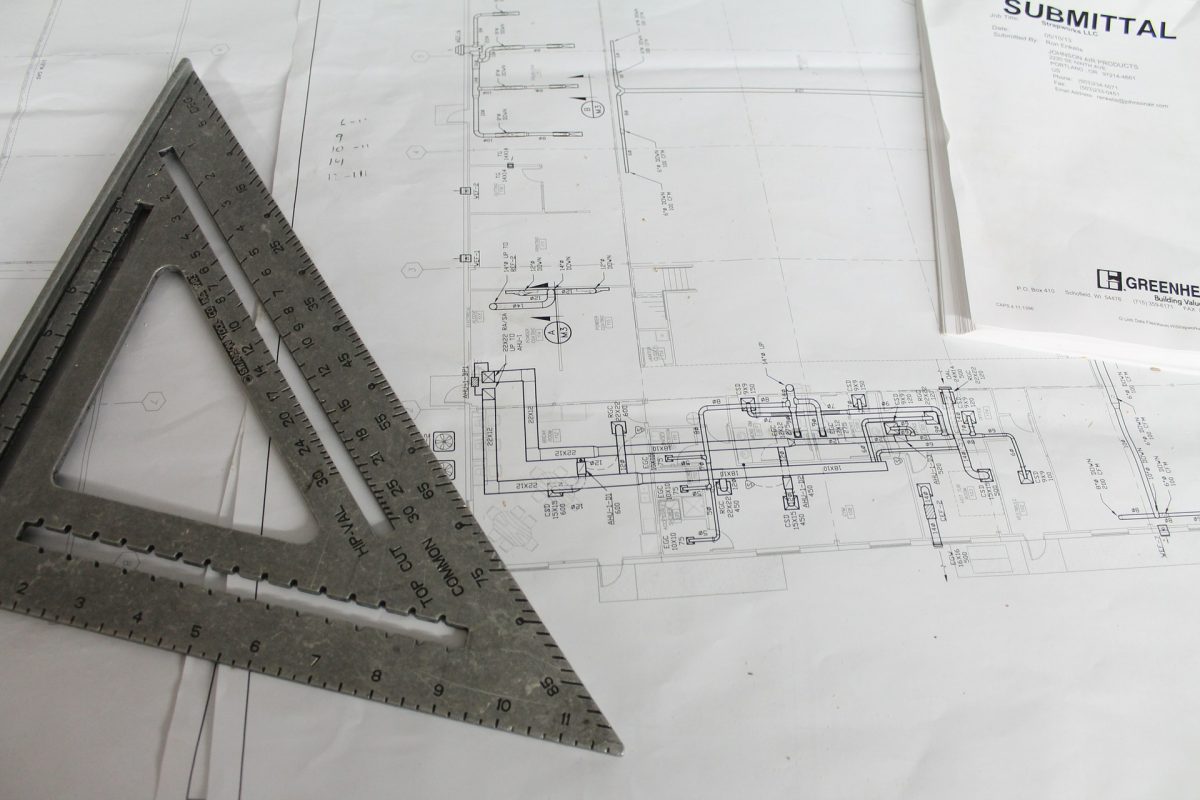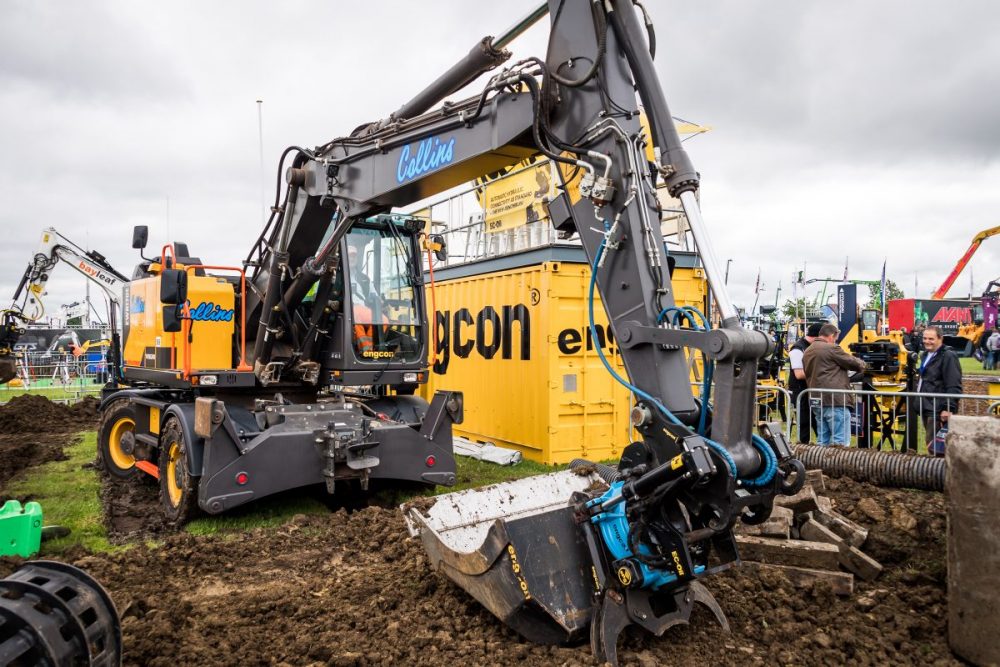Hydrogen and batteries set to decarbonise transport
There is no single solution to decarbonising the transport sector – in fact, there are two. Hydrogen fuel cells and batteries, in combination, will be key to sustainable travel in the future.
Contrary to popular belief, they are not competing technologies and it is vital that they are implemented together to complement each other’s strengths and alleviate each other’s weaknesses, argues Gareth Hinds, NPL Fellow and Science Area Leader in Electrochemistry at the National Physical Laboratory (NPL).
Last year, the UK Government set a legally binding target to reach ‘net zero’ by 2050 in response to the need to minimise the impact of climate change and improve air quality. While decarbonisation of the electricity grid is already almost 50% complete, the transport sector is more of a challenge and currently accounts for around one third of the country’s greenhouse gas emissions.
Decarbonisation of transport requires storage of energy in low carbon form and at present there are only two technologies that are sufficiently mature to achieve this; Battery Electric Vehicles (BEVs) and Fuel Cell Electric Vehicles (FCEVs).
BEVs have historically attracted more interest and investment, and they now account for almost 10% of new UK car sales. The cost of the underpinning technology, the lithium ion battery, has fallen dramatically in recent years and major improvements in performance and lifetime have been realised.
A primary consideration in the choice of technology is efficiency. The interconversion of electrical energy and chemical energy is not a perfect process. Each time the energy is converted, some is lost as heat to the system and its surroundings. Overall, the round-trip efficiency of BEVs is around 70%, in part due to the near-perfect efficiency of storage of charge in a lithium-ion battery electrode.
However, the automotive sector is beginning to realise that BEVs are not a ‘silver bullet’ for decarbonisation of transport, and that FCEVs, fuelled by hydrogen, will also have an important role to play.
This is not because hydrogen fuel cells are more efficient. Far from it – round-trip efficiency here is estimated at around 30%, mainly due to losses associated with the oxygen reaction in fuel cells and electrolysers. However, FCEVs are not subject to the inherent weight limitation that comes with BEVs. All of the energy in a battery is stored within its electrodes, which means a bigger vehicle, or a longer distance, requires more electrodes to store additional charge.
Battery electrodes are relatively heavy, and this extra weight quickly becomes impractical. In FCEVs, all of the energy is stored in the hydrogen tank. Hydrogen, a gas, is extremely light, and the incremental change in mass associated with increasing the size or range of a hydrogen vehicle is much lower than for a BEV.
So, while BEVs are much better suited to lighter vehicles, and shorter journeys, such as a commute to a nearby workplace, the role of hydrogen FCEVs will mainly be in heavier vehicles, and longer journeys, such as HGVs (carrying large amounts of goods over long distances).
There is already investment coming along these lines: Transport for London introduced the first hydrogen double decker buses last year as part of £12m investment in the new buses and the refuelling infrastructure. These hydrogen buses only need to be refuelled once a day, for five minutes, a much quicker refuelling / charging process than in an equivalent battery-electric bus. As well as HGVs and buses, there is a scientific argument that trains, ships, and aircraft should also be powered by hydrogen fuel cells.
Hydrogen is also more suited to long term energy storage. As a gas, it can be easily stored in tanks, containers and underground caverns, whereas batteries tend to lose charge over time due to side reactions within the cell, and their lifetime shortens when they are not regularly charged and discharged.
Furthermore, hydrogen can also be used in boilers, heaters and cookers, making it an attractive candidate to replace methane in the gas grid. The gas grid would then become a nation-wide storage facility, which could be topped up continuously by electrolysis using renewable sources of electricity, which would minimise the impact of efficiency losses.
Combustion of hydrogen allows coupling of the transport sector with the heating sector, which accounts for almost half of UK greenhouse gas emissions. End-of-life considerations also favour hydrogen technologies, as they are almost entirely recyclable. There are more significant sustainability concerns for handling end-of-life batteries.
Together, hydrogen and batteries are capable of playing a key role in the UK’s decarbonisation strategy. It is vital that investment in the required infrastructure is targeted in a way that builds on their relative strengths to minimise the risk of stranded assets.
As the UK’s National Metrology Institute, the National Physical Laboratory (NPL) has a responsibility to tackle priority measurement issues affecting economic prosperity and quality of life. NPL is working closely with academia and industry to develop more reliable standard test methods, novel diagnostic techniques and advanced modelling tools to support improvements in cost, performance, lifetime and safety of batteries, fuel cells and electrolysers.
NPL is supporting the UK Faraday Battery Challenge by disseminating best practice in measurement and testing to academia and industry in the form of standard test methods, training, secondments and round robin testing. This important underpinning work improves the quality of battery test data and accelerates the transition of emerging battery chemistries from the laboratory to real world application.
On the hydrogen side, NPL is facilitating cost reduction of fuel cell and electrolyser technologies through the development of novel measurement tools to improve understanding and facilitate mitigation of critical degradation mechanisms. This has led to the recent discovery of an innovative way to replace all of the titanium in a polymer electrolyte membrane (PEM) water electrolyser with much cheaper materials, which could reduce the cost of the technology by up to 50%.
This is not a case of VHS against Betamax. Batteries and hydrogen technologies have very different pros and cons. Only by combining them in a way that plays to their respective strengths can we achieve the most efficient, holistic and cost effective solution to the decarbonisation challenge.















